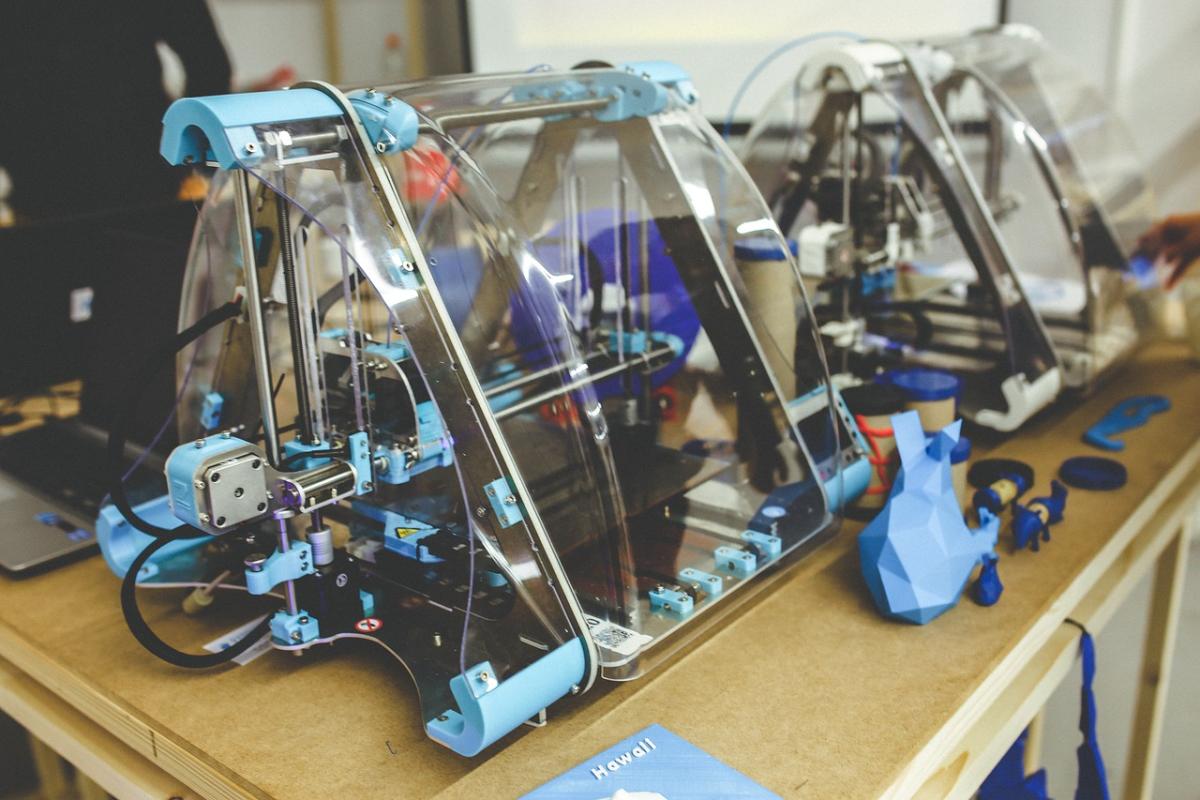When diving into the world of resin 3D printing, you'll quickly discover that not all resins are created equal. Each type serves a unique purpose, so it’s important to know what you need for your projects. Let’s break down the main types of resin you’ll encounter.
First up, we have standard resin. This is the go-to for most hobbyists. It’s easy to use and produces great detail, making it perfect for small figurines or models. If you want something that prints well without breaking the bank, this is your best bet.
If you're looking to make something stronger, check out tough resin. It’s specifically designed to handle stress and impact. It’s great for parts that need to be sturdy, like mechanical components or toys that might take a beating. You’ll notice a big difference in durability with this stuff.
Then there's flexible resin, which is exactly what it sounds like! This resin allows you to create objects that can bend and squish. Think fun phone cases or custom gaskets. If you need a bit of give in your prints, flexible resin is the way to go.
Finally, check out specialty resins. These can range from transparent resins, which are great for light fixtures, to casting resins for creating molds. If you have a creative project that requires something unique, exploring these options can unlock a world of possibilities!
Benefits of Using Resin 3D Printers
Resin 3D printers have taken the 3D printing world by storm, and for good reason! One of the biggest perks is the incredible detail they can achieve. If you want to create intricate models, fine textures, or even tiny features, resin printers nail it every time. They let your imagination run wild, giving you the power to produce designs that look professional.
Another cool aspect of resin printing is how smooth the finished products are. You won’t deal with those annoying layer lines that sometimes come with filament printers. Instead, you get a sleek surface that needs less post-processing. That means you can spend less time sanding and more time showcasing your awesome creations!
Speed is also a significant advantage. While resin printers can vary in speed, many of them can turn out high-quality prints faster than you might expect. You won’t have to wait days for big projects to finish, making them perfect for when you’re on a tight schedule.
Let’s not forget about the variety of resin options available. You can choose from a range of materials, including flexible, tough, and even transparent resins. Each type comes with its own unique properties, so you can pick the right one based on what you want to make. Whether you’re into miniatures, jewelry, or prototypes, there’s a resin that fits your needs perfectly.
Lastly, resin 3D printers are often compact and easy to set up. They don’t take up as much space as some larger filament printers, making them a great choice for hobbyists or anyone working from home. You can dive into your projects quickly without any hassle.
How to Choose the Right Resin
Choosing the right resin for your 3D printing project can feel a bit overwhelming with all the options out there. But don’t worry! Let’s break it down into simple steps to help you make the best choice.
First off, think about the type of models you're printing. Do you need something tough for functional parts? Look for durable resin options. If you're into detailed miniatures, a high-detail resin will give you those crisp edges and smooth finishes. Just know that each type of resin has its own strengths.
Next, consider the print settings of your 3D printer. Some resins work better with specific printers. Check compatibility features and recommended settings. If you’re using a printer that’s known for handling flexible resins, you’ll open up a whole new world of possibilities. Flexibility can be key for certain projects!
Don’t forget about curing times and the printing process itself. Some resins cure faster than others, which might speed up your workflow. However, faster curing sometimes means less time to adjust or tweak your prints. If you prefer taking your time, look for resins that offer a more forgiving curing process.
Finally, think about safety. Make sure to use a resin that’s safe to handle and follow all the recommended safety tips. Some resins contain chemicals that require good ventilation or protective gear. Your health is just as important as your print quality!
Tips for Working with 3D Resin
Working with 3D resin can be a fun adventure, but it does come with its quirks. Here are some helpful tips to get the best results and keep things smooth sailing.
First, always wear gloves. Resin can be a bit messy, and it’s not too friendly on your skin. Plus, it’s just a good rule of thumb to protect yourself. Make sure to work in a well-ventilated area to avoid inhaling any fumes. A little fresh air goes a long way!
When mixing your resin, take your time. Measure your components carefully and mix until everything is completely blended. Bubbles can be a real speed bump in your project, so try using a heat gun or a small torch to pop any pesky bubbles that may form.
And don’t rush your curing time. Follow the manufacturer’s instructions closely. Curing times can vary based on the resin type and your environment. Give it the time it needs to fully set for the best finish.
Lastly, clean your tools and workspace right after use. This makes the next round a lot easier. A little warm soapy water works wonders on most tools, while isopropyl alcohol can help with tougher clean-up jobs. Keeping things tidy saves you a lot of headaches later on!



